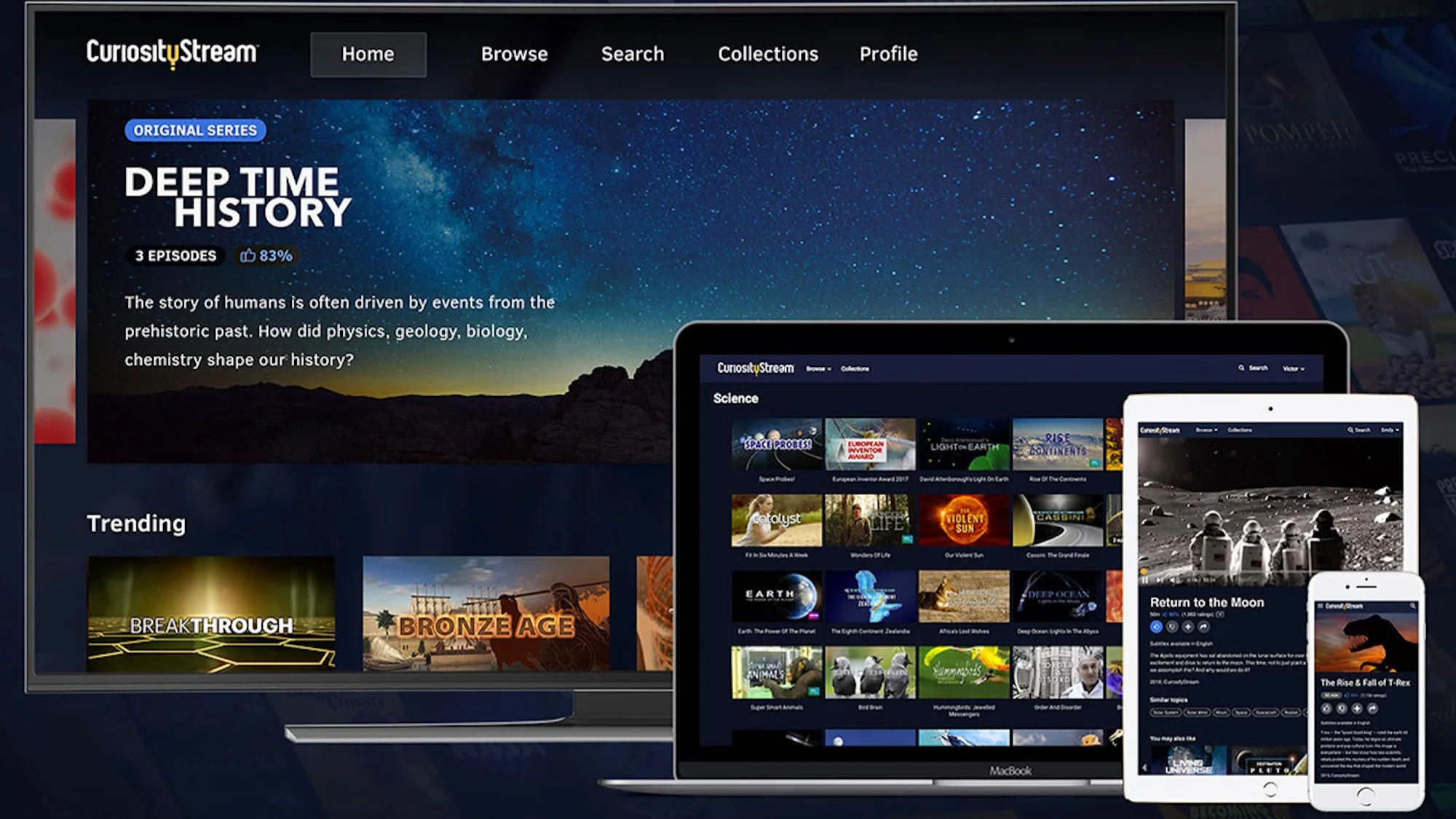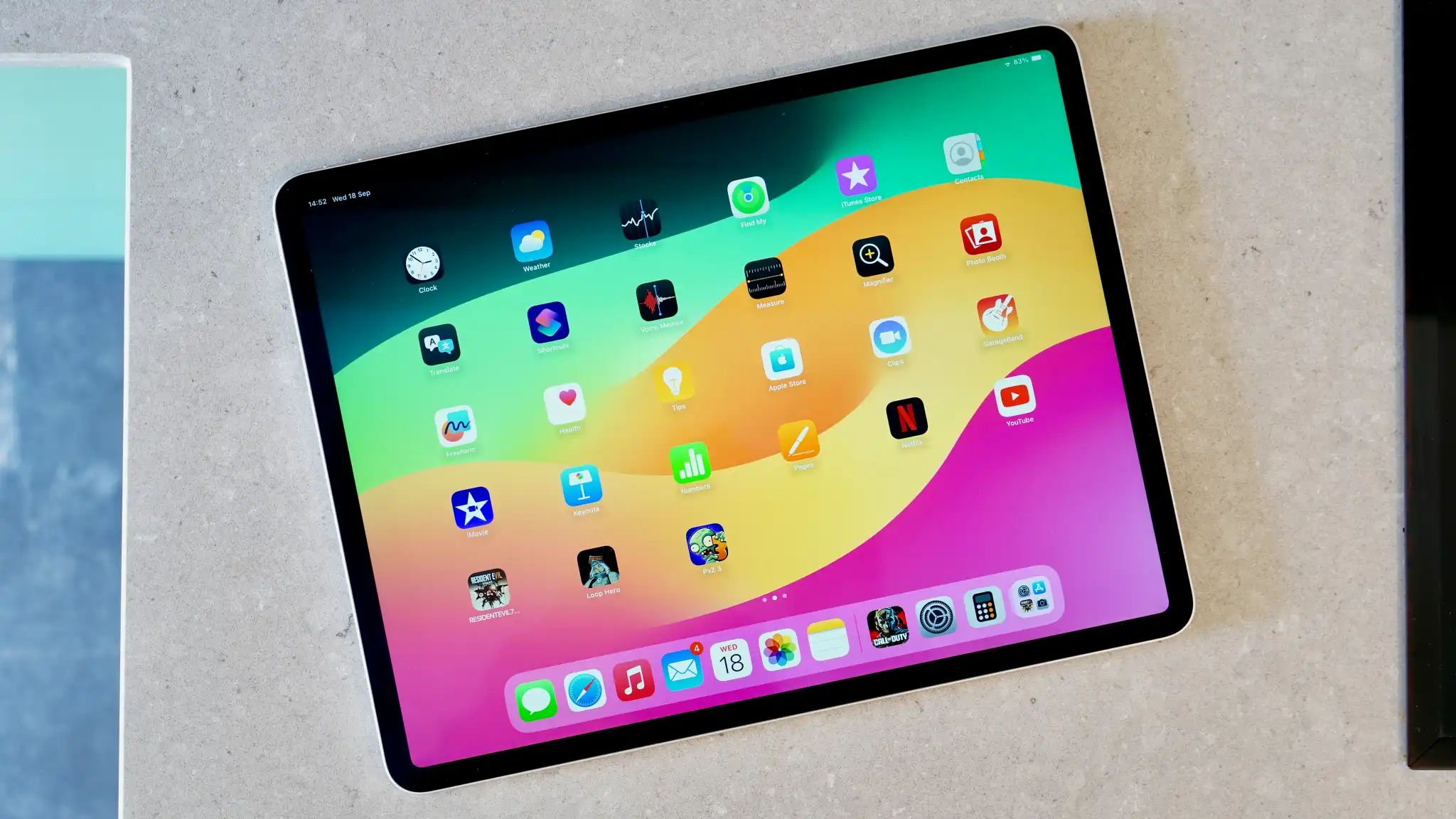Whether you’re going into mechanical or civil engineering, we’ve got you covered.
If you’re an engineering student, you’re going to need a machine that can handle resource-intensive coursework. A powerful CPU and loads of memory and storage are an absolute must. Portability is an important factor too, especially if you’re going from class to class. If you’re not sure where to begin your search, don’t sweat it. We’ve assembled a list of laptops that are perfect for engineering students, as they’re both powerful and portable. Read on to learn more.
Why you should trust us: Hey, it’s in our name! PCWorld prides itself on laptop experience and expertise. We’ve been covering PCs since 1983, and now review more than 70 laptops every year. All of the picks below have been personally tested and vetted by our experts, who’ve applied not only performance benchmarks but rigorous usability standards. We’re also committed to reviewing PC laptops at every price point to help you find a machine that matches your budget.
Asus Zenbook 14 OLED – Best overall
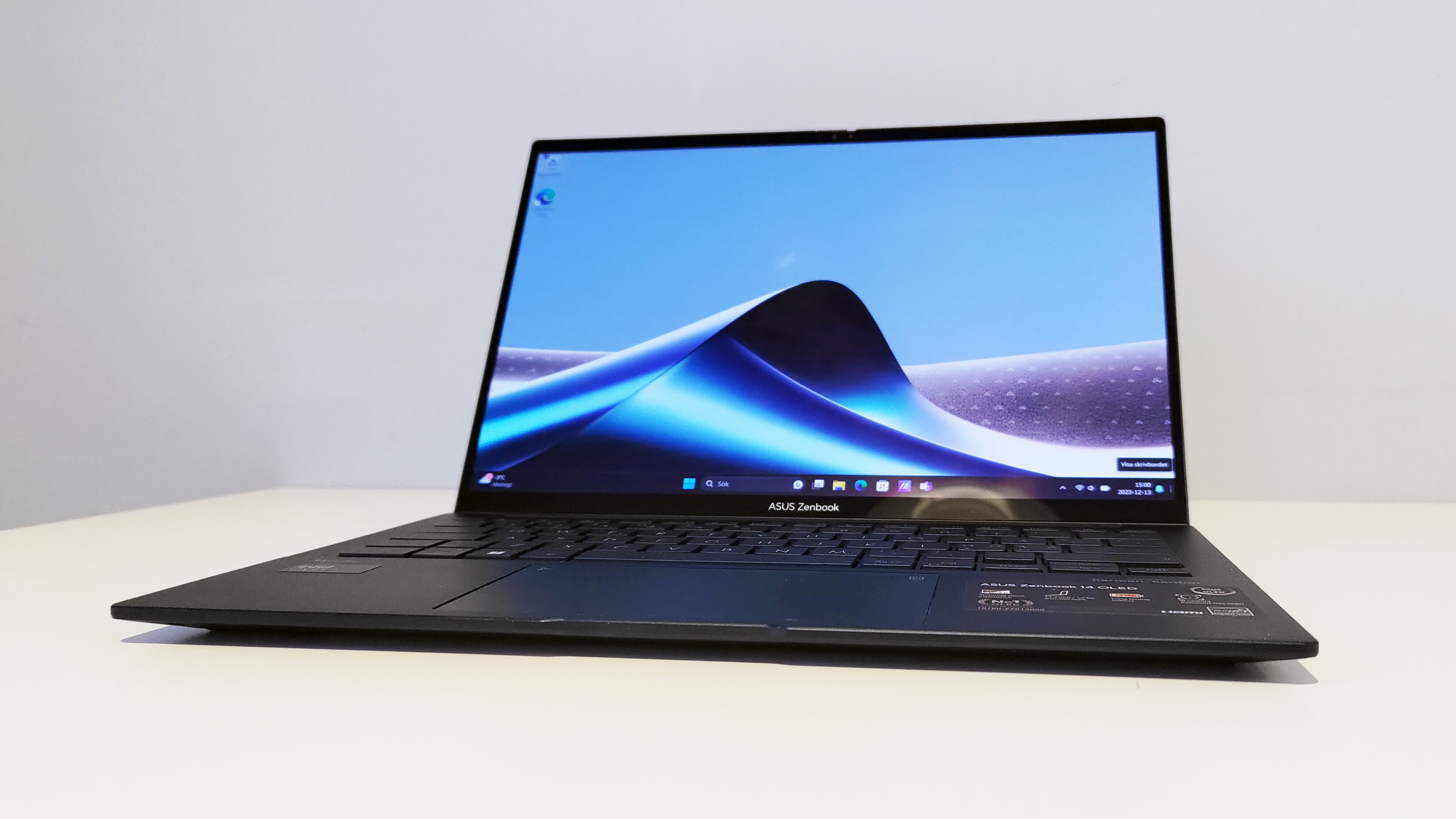
Pros
- High performance, especially the graphics
- Beautiful OLED screen
- Good battery life
- Well-built and practical
Cons
- Not significantly faster than its predecessors
- Still a lot of fan noise
The Asus Zenbook 14 OLED hits all the right notes: strong performance, good battery life, rugged build, and a lovely OLED screen. It’s not prohibitively expensive, either. This also happens to be one of the first laptops with the new Intel Ultra Core processors. Although it’s not much faster than previous iterations, it’s still capable of handling everything from engineering-specific programs to everyday tasks like watching Netflix or surfing the web. In terms of portability, it weighs about 2.82 pounds, making it the perfect travel companion.
The Zenbook 14 OLED comes with an Intel Core Ultra 7 155H processor, Intel Arc graphics, 32GB of RAM, and 1TB of SSD storage. 32GB of RAM is a good amount to have, as it helps with bootup times and running programs more smoothly. The 14-inch OLED touch display has a resolution of 2880×1800, an aspect ratio of 16:10, and a refresh rate of 120Hz. According to the reviewer, “the resolution makes it razor sharp and feel pixel-free at arms length.” The 75Wh battery is also quite large and capable of lasting a while depending on use and the display’s set brightness level.
Acer Aspire 3 – Best budget option
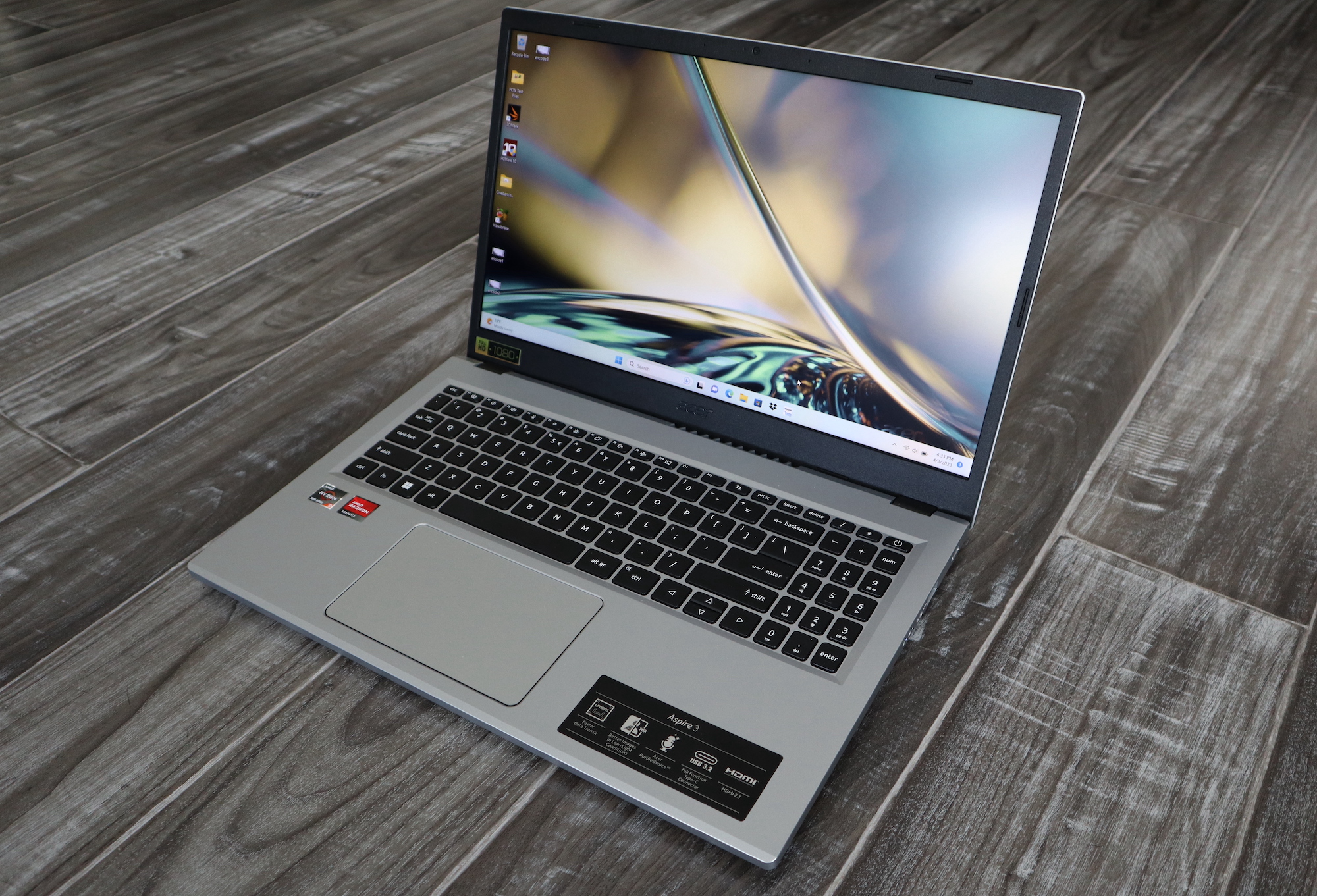
Pros
- Spacious keyboard with number pad
- HD webcam
- Solid video playback performance
- Decent business app performance
- Workday-long battery life
Cons
- Poor gaming graphics performance
- Basic 1080p display
- Small 128GB storage drive
If you’re looking to save some cash, the Acer Aspire 3 is a worthy choice. It packs a good amount of performance for not a lot of money. Plus, the full-size keyboard provides loads of room, which is perfect for writing those term papers or modifying those CAD models. While that’s all well and good, the internals are really what makes this laptop a solid value buy.
The Aspire 3 comes with a Ryzen 3 7320U CPU, 8GB of RAM, and 128GB of PCIe SSD storage. The 15.8-inch 1080p display also has decent color quality. In our tests we found that the battery was able to hold a charge for up to eight hours of continuous use—enough to last a full day of classes. One of the most surprising features was the design. While a little utilitarian, it’s one of the sturdiest builds we’ve seen on a budget laptop. All in all, the Acer Aspire 3 gives you plenty of bang for relatively few bucks.
Asus Zenbook 14X OLED – Best OLED display under $1,000

Pros
- Robust build quality
- Excellent OLED display
- Enjoyable keyboard and touchpad
- Long battery life
Cons
- Boring exterior design
- Weak graphics performance
- Could use another USB-A port
The Asus Zenbook 14X OLED has a lot going for it. This machine offers long battery life, rugged build quality, and a pleasant typing experience. However, the real star of the show is the stunning 1800p OLED display. The 14.5-inch screen features a resolution of 2880×1800 and a refresh rate of 120Hz. According to our reviewer, it “provides an infinite contrast ratio that can reach a perfect minimum luminance of zero nits.” That means you’re going to get a lifelike experience in dimly lit scenes. Want to know the best part? The whole package only costs $799.99, which is a killer value.
The Zenbook 14X comes equipped with an Intel Core i5-13500H CPU, Intel Iris Xe graphics, 8GB of RAM, and 512GB of SSD storage. In other words, it’s capable of handling engineering software as well as everyday tasks like checking email and watching Netflix. At the end of the day, it’s a sensible laptop with a superb screen. Compared to other laptops in this price point, you’ll see sacrifices in the hardware or keyboard, but that’s not the case here with the Zenbook 14X.
MSI Thin GF63 (2023) – Best for work and gaming on a budget
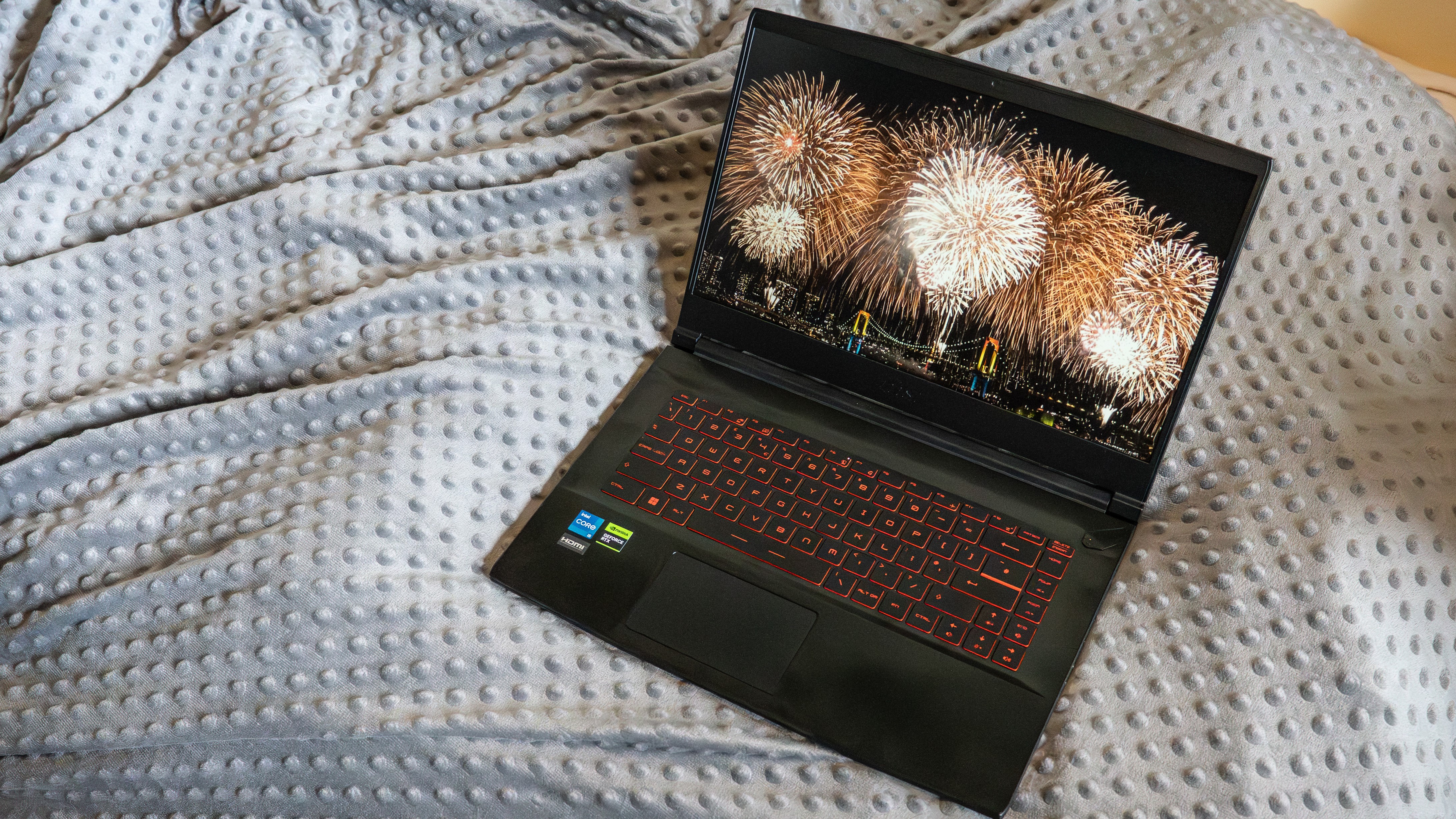
Pros
- Reasonably priced
- Decent 1080p gaming
- Well made
- Attractive red keyboard backlighting
Cons
- Disappointing screen
- Not the most powerful
- Poor battery life
If you’re looking to squeeze in some 1080p gaming between classes, the MSI Thin GF63 is worth checking out. For a gaming laptop, it’s actually quite lightweight at just over four pounds, which is great for those who like to game on-the-go. Most gaming laptops tip the scales at six pounds or more. As for what’s going on under the hood, it packs a decent amount of power for a budget gaming machine. Let’s dive right in.
The MSI Thin GF63 comes with an Intel Core i7-12650H CPU, an Nvidia GeForce RTX 4050 GPU, 8GB of RAM, and 512GB of SSD storage. Given the hardware, you should be able to run most games on the Medium or High graphics preset. For more graphically demanding games in which speed is everything, we’d recommend dialing the graphics back a bit. The 15.6-inch display has a resolution of 1920×1080 and a refresh rate of 144Hz. Although it ekes out just 300 nits of brightness (which is common for a budget gaming laptop), gameplay should be reasonably smooth thanks to the high refresh rate. It’s not the most vibrant or color-accurate screen we’ve ever seen, but it’s passable, especially for a sub-$1,000 machine.
If you can live with the sacrifices, then the MSI Thin GF63 is a great budget option for most students.
HP Dragonfly G4 – Best ultraportable
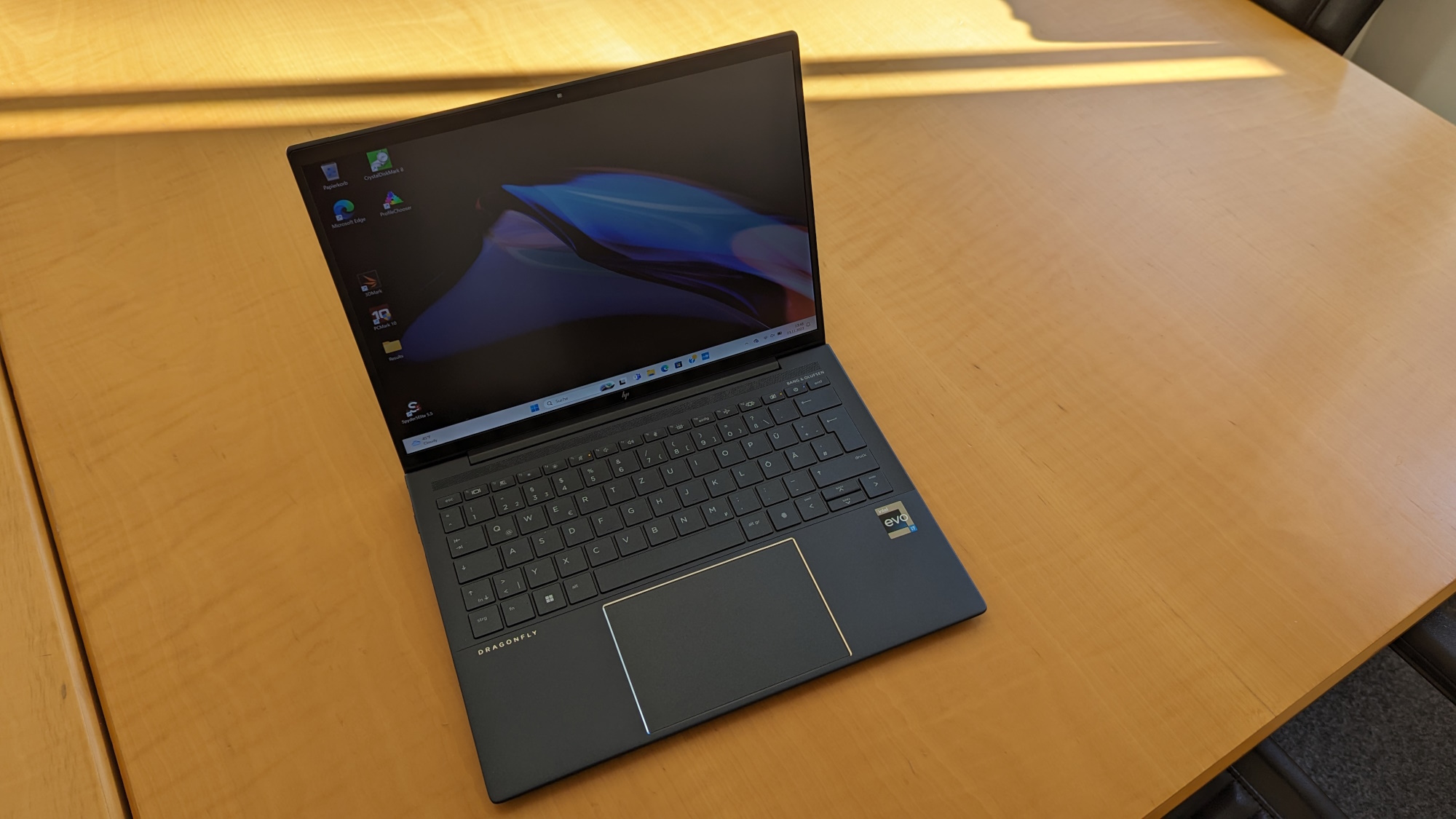
Pros
- Lightweight
- Long battery life
- 5G
- Bright, high-contrast display
- 3:2 aspect ratio
- Privacy filter
Cons
- Very expensive
The HP Dragonfly G4 is a very practical machine that offers reliable performance, long battery life, and, at just 2.64 pounds, a remarkably lightweight form factor. Not only is it mega-portable, but it also has a bright display and a privacy filter that blocks others from snooping at whatever you’re working on. The battery lasted a colossal 16 hours on a single charge, so you don’t have to worry about hunting for an outlet between between classes. The hardware and port selection are decent, too.
Crack open the Dragonfly G4 and you’ll find an Intel Core i7-1355U CPU as well as a massive 32GB of RAM. The amount of memory is nice, as it’ll help the machine boot faster and run programs more smoothly. The 13.5-inch display has a resolution of 1920×1080 and a refresh rate of 60Hz. That’s not the highest resolution we’ve ever seen, but it’s perfectly suitable for coursework and everyday tasks. Finally, there’s a 1080p webcam for remote classes and a fingerprint sensor for additional security.
Acer Swift Edge 16 – Best budget ultraportable
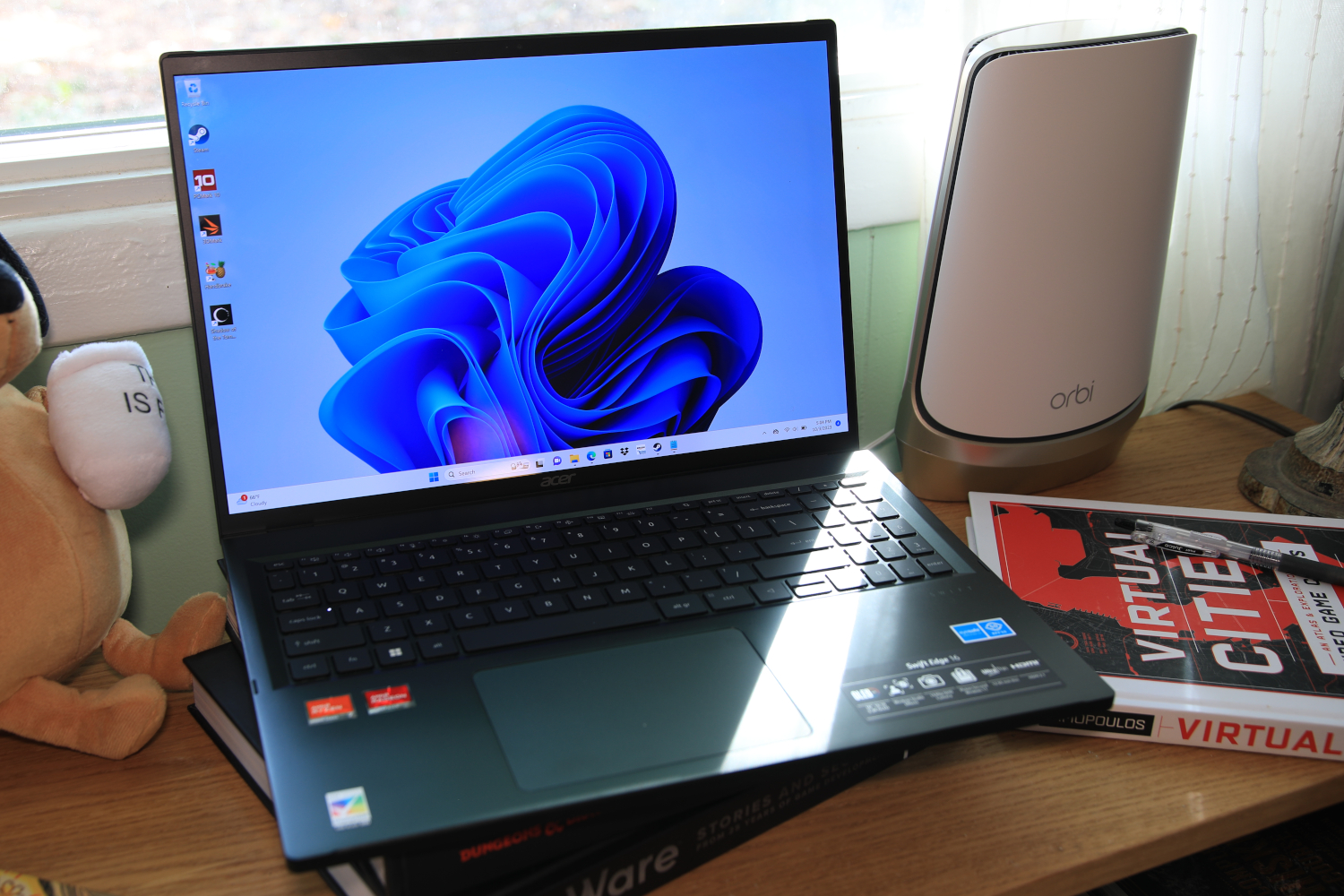
Pros
- Extremely thin and light
- Gorgeous OLED display
- Strong CPU performance in short-duration tasks
- Integrated Radeon graphics performs well
Cons
- Design doesn’t impress
- Mediocre keyboard and touchpad
- Very weak speakers
The Acer Swift Edge 16 is a fantastic laptop for students. Not only is it thin and light, but the OLED screen is gorgeous and super vibrant. It weighs just 2.71 pounds, which is considered featherlight as far as ultraportable laptops are concerned. Despite its size, you’re still getting a rather spacious 16-inch 2000p OLED display with a 120Hz refresh rate. According to our reviewer, the display “delivers an infinite contrast ratio and deep, inky black levels that produce convincing shadows in dark scenes.” While the screen is an absolute delight to binge your favorite Netflix shows on, the 54 watt-hour battery is both small and somewhat lacking, managing only six to seven hours of battery life on a single charge. That’s not a terrible result, but we’ve seen better.
The laptop features an AMD Ryzen 7 7840U CPU, Intel Iris Xe graphics, 16GB of DDR5 RAM, and 1TB of SSD storage. Whether you’re researching a topic or composing emails, it’s designed with day-to-day productivity in mind. The design itself is on the blander side, as it’s just a black square, but some folks may dig the simplicity of it. If you’re looking for a thin-and-light laptop with a stunning 16-inch OLED display, then the Acer Swift Edge 16 is a fine choice. The price (just over $1,000) isn’t too bad, either
Asus Zenbook 14 OLED – Best battery life
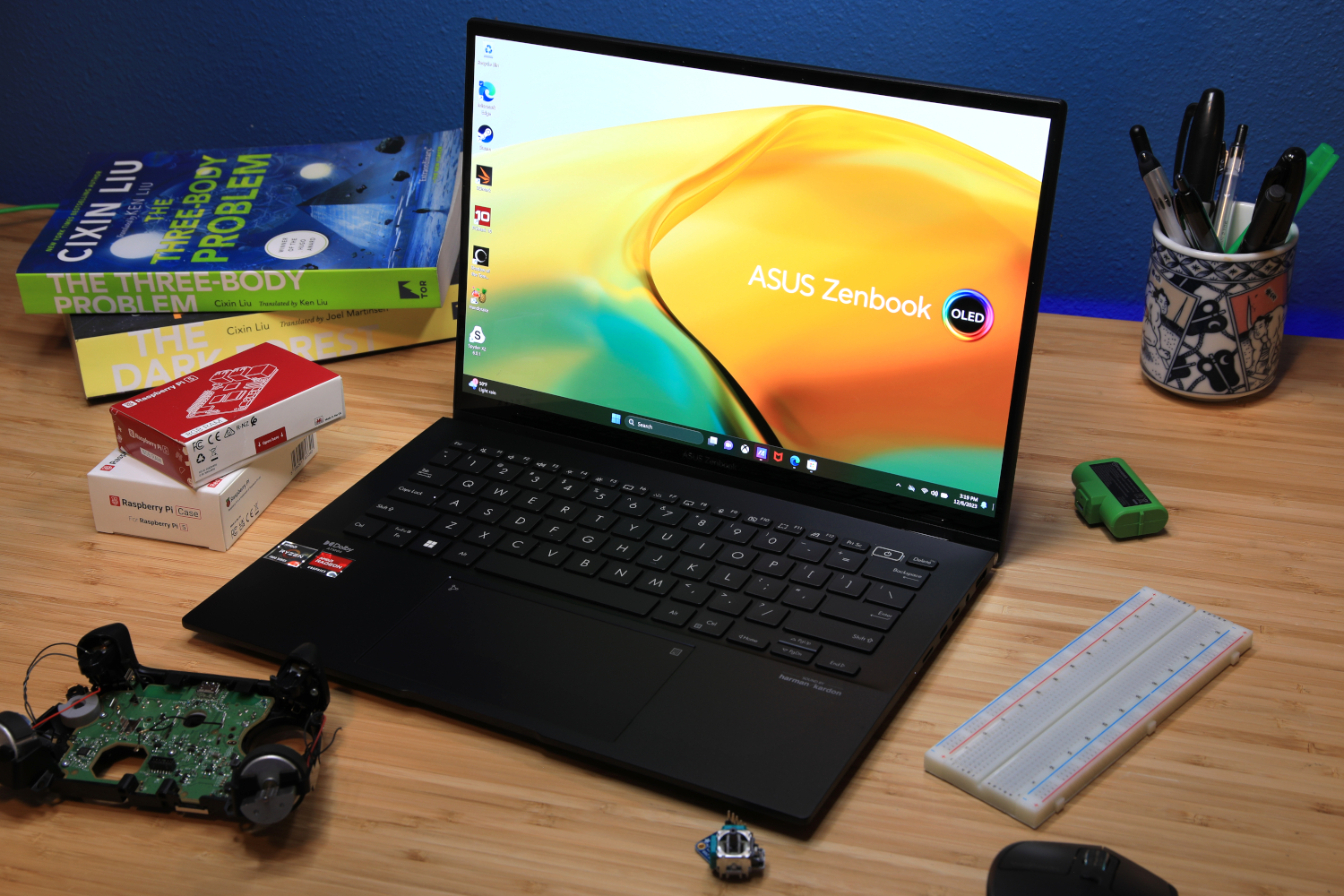
Pros
- Solid build quality
- Excellent, high-resolution OLED touchscreen
- Great battery life
Cons
- Boring design
- Touchpad could be larger
- Mediocre performance
If you’re looking for a laptop that will last you between classes, the Asus Zenbook 14 OLED certainly fits the bill. It churned out a whopping 15 hours on a single charge during our battery benchmark, which loops a 4K file until the laptop dies. You can thank the shockingly large 75 watt-hour battery for that result. The Zenbook 14 is also pretty lightweight at just over three pounds, which means you can easily throw it in a messenger bag or backpack and take it with you to class. Long-lasting and portable? Need I say more?
You’ll find some decent hardware inside, too. The Zenbook is rocking an AMD Ryzen 7 7730U CPU, AMD Radeon graphics, 16GB of RAM, and 512GB of SSD storage. In other words, this machine can handle everything from binging your favorite Netflix show to taking notes for class. The 14-inch OLED screen has a resolution of 2880×1800 and is touch-enabled, which really boosts the value of this particular machine. It also has a fingerprint reader and a modest price point ($869.99). As far as laptops for engineering students go, this one checks off all the right boxes.
How we tested
The PCWorld team puts every Windows laptop through a series of intense benchmarks that test GPU and CPU performance, battery life, and so on. The idea is to push the laptop to its limits and then compare it against others we’ve tested. Below, you’ll find a breakdown of each test and the reasons why we run them.

